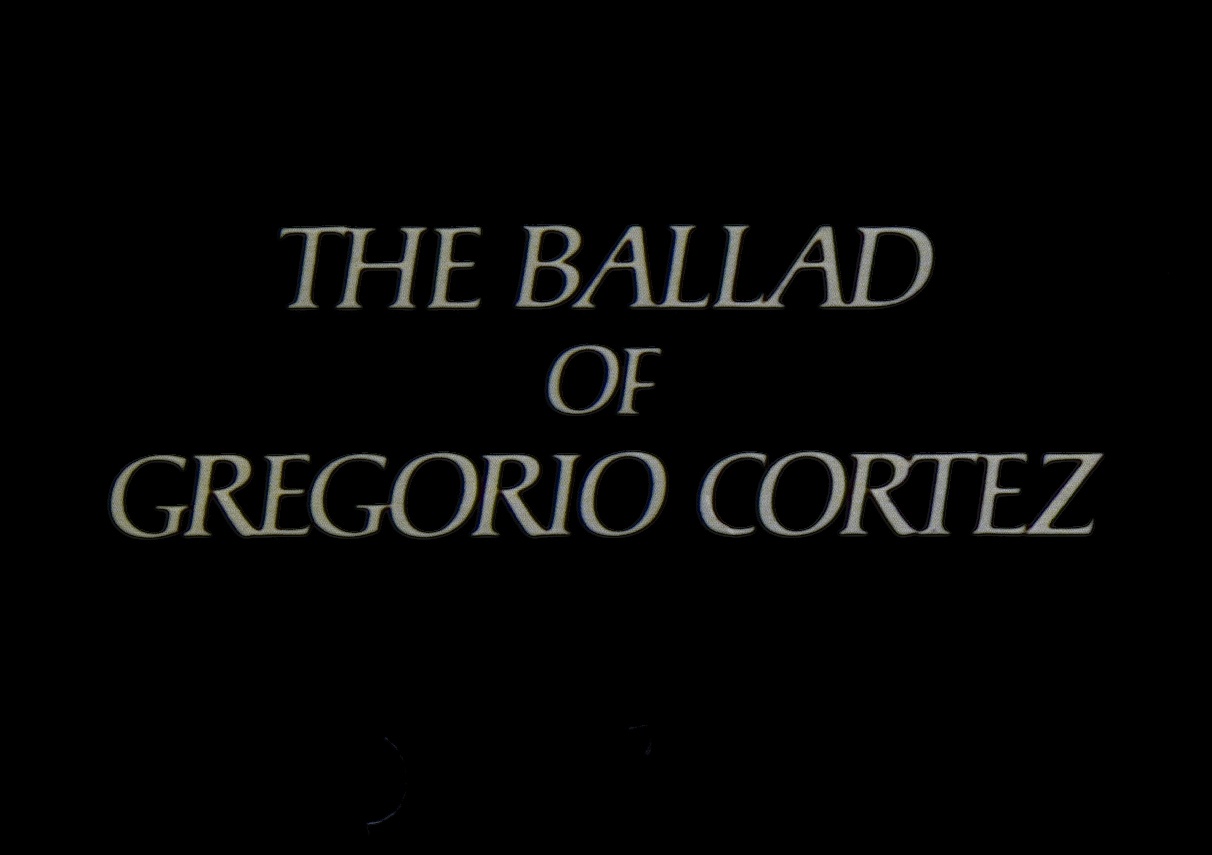Back in December of 2012, the Film Archive received many boxes of original elements from Bob's films, including SHORT EYES and THE BALLAD OF GREGORIO CORTEZ.
As I learned more about GREGORIO CORTEZ, the more interested I became, and thought it a perfect candidate for preservation. It was only available on home video in the US on VHS, and has not been widely seen theatrically since its release in 1982. However, its significance and influence is wide, with probably the first Chicano hero in modern American film, with Edward James Olmos in his breakout role as Cortez. It was one of the earliest, if not the first, feature shot on Super 16mm. A sort of informal team has developed to investigate the preservation of CORTEZ, including Bob Young, Eddie Olmos, Irwin Young, David Leitner, Dave Terman and Bill Baldwin. During a recent dinner with much of the group, Bob and Eddie regaled us with terrific stories about the production and distribution story of the film - it was like a live version of a DVD commentary track.
There are problems, however, both technical and legal. CORTEZ was shot on 16mm, but conformed in 35mm. The Film Archive received the original 16mm camera negative, but this is "flash to flash," with all the selected takes printed end to end. The "original" conformed 35mm negative is believed to be held by Canal Plus in Paris. They own much of the foreign rights to the film, and Sony and MGM split the US domestic rights.
So far, we've been unable to confirm that Canal has the 35mm negative or other pre-print, or the condition of these materials, as they've been less than forthcoming. Even if Canal has these materials, they may not give us access to them. It would be easier and cheaper to create new preservation materials from the 35mm materials, but if they're unavailable, our team may have to resort to plan B, which would involve scanning the original 16mm negative. This would be more complicated and expensive, because of the length of the negative - over 35,000 feet, and the need to basically re-edit the film from scratch (this is a very condensed version of the process, giving you the general idea of what we may have to do).
The search and planning continues. Hopefully soon I'll be able to update with good news on the project.




No comments:
Post a Comment